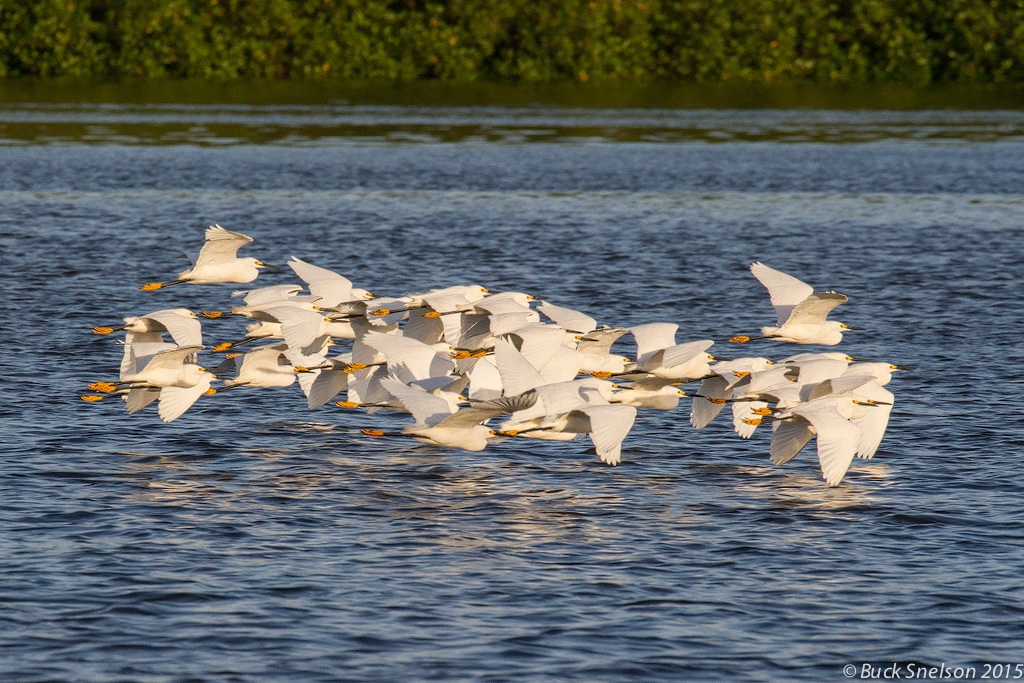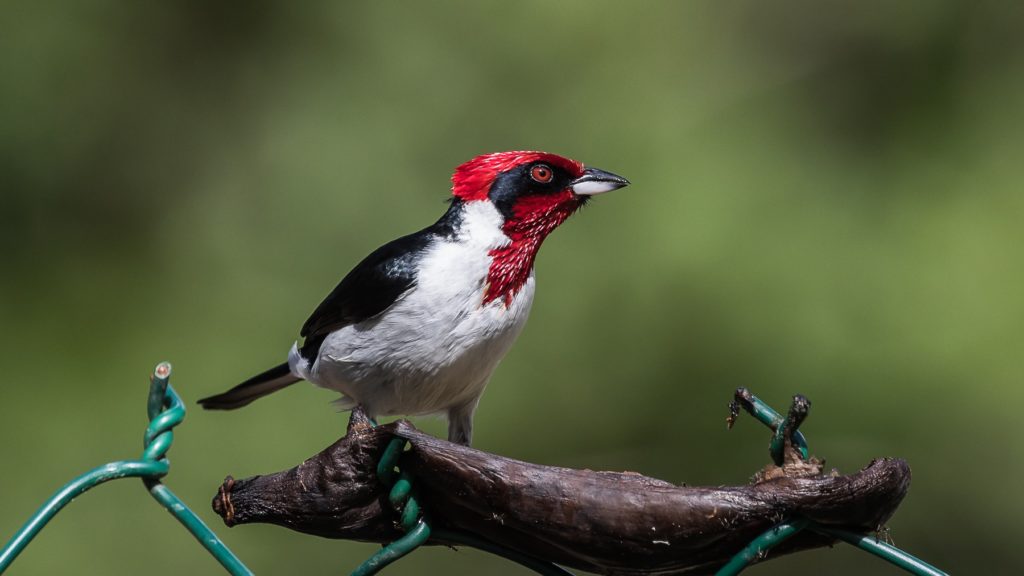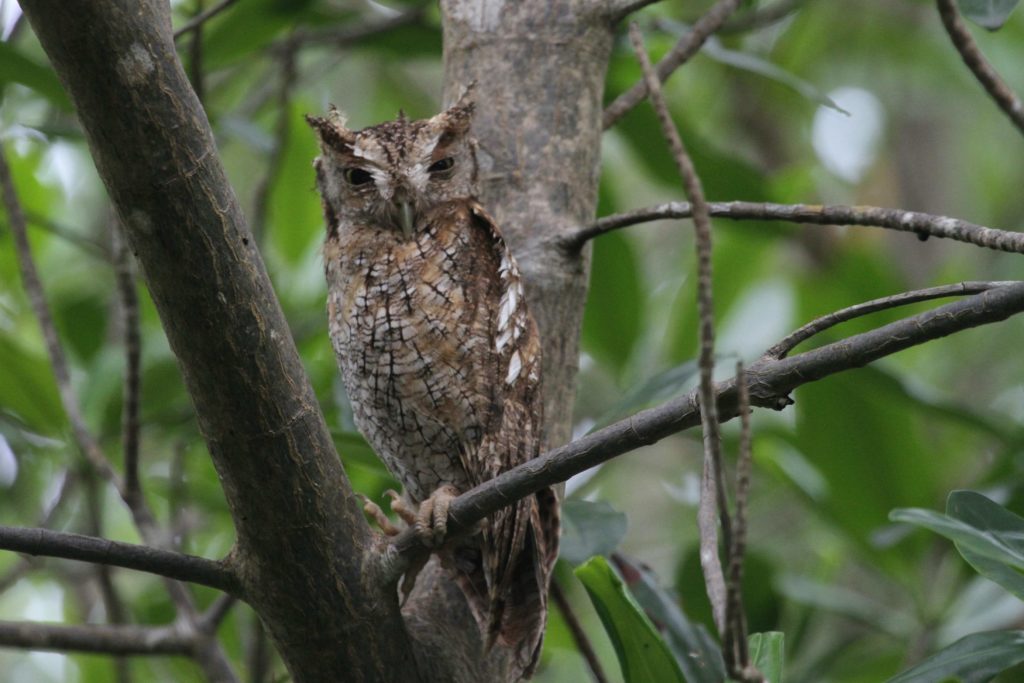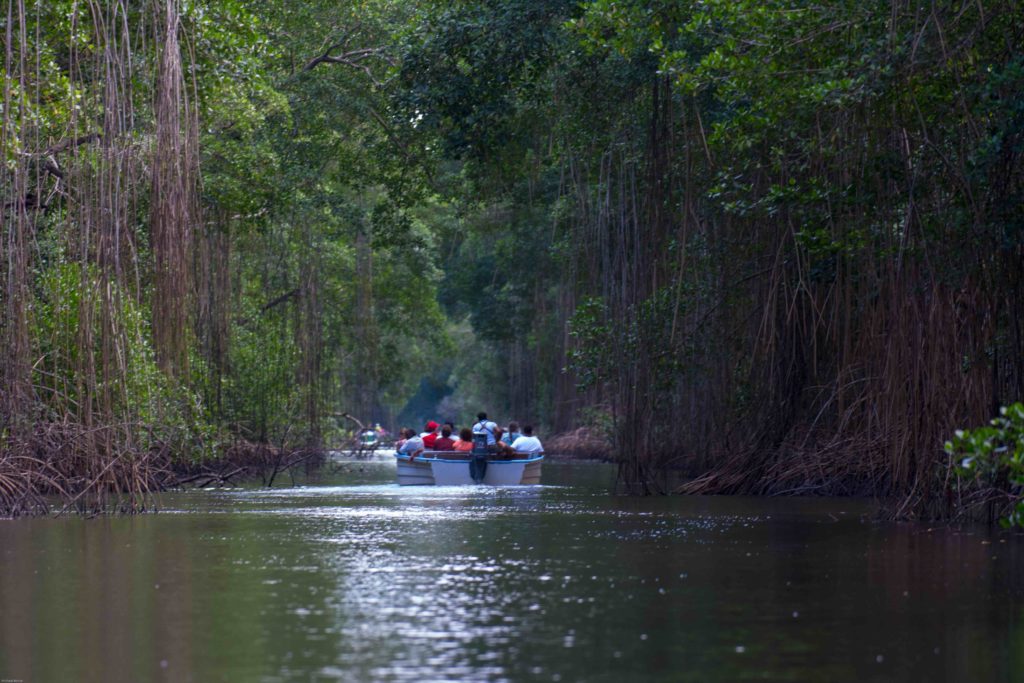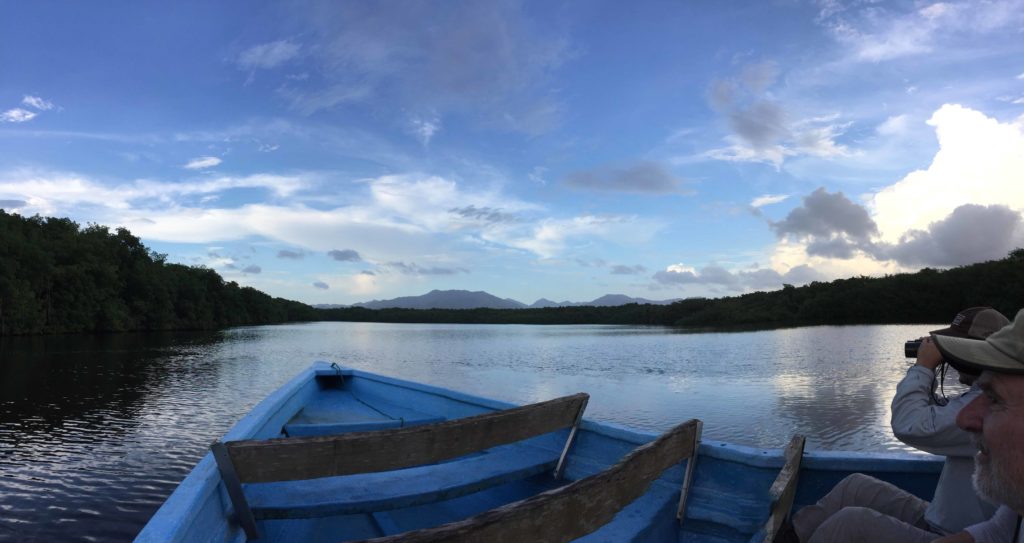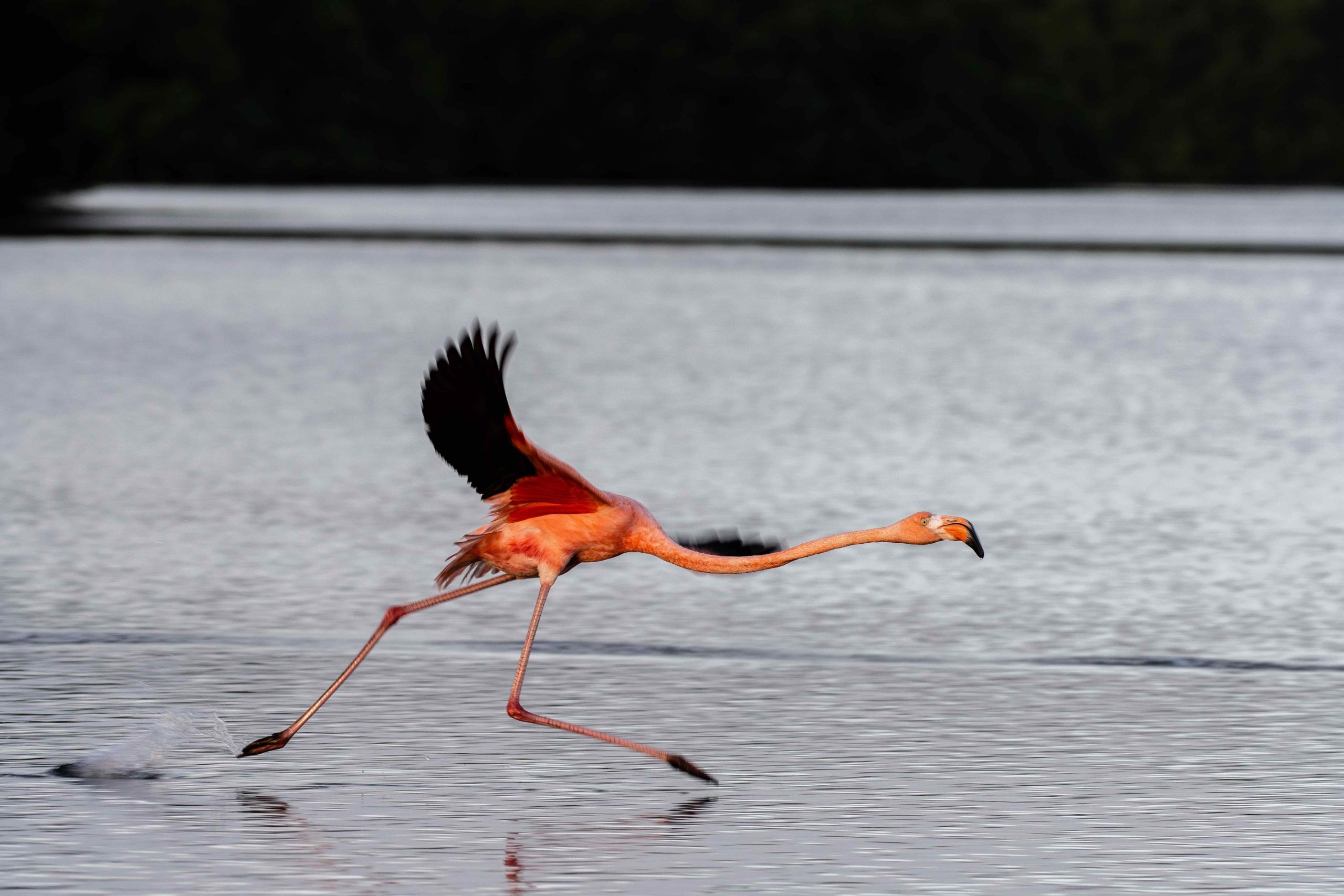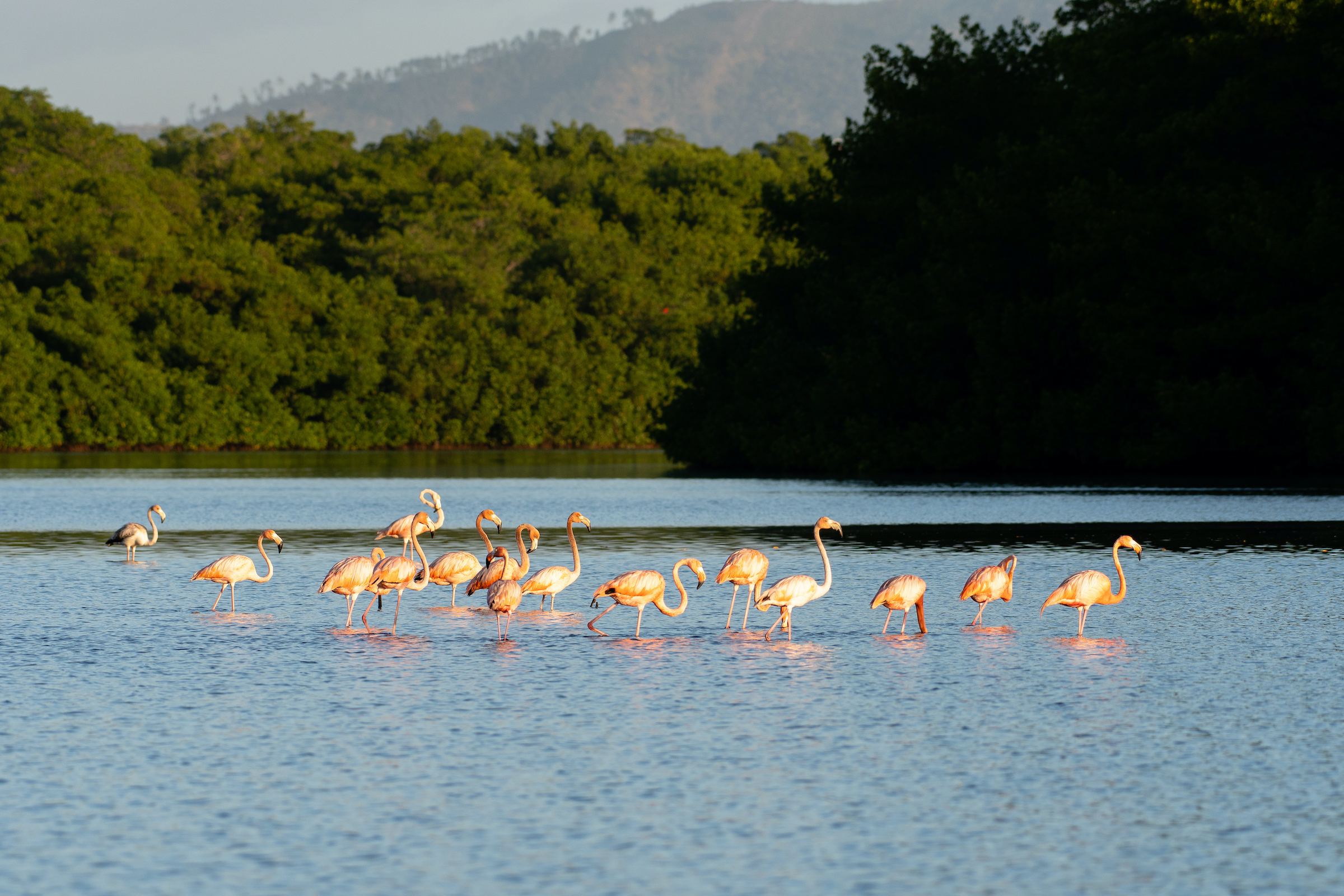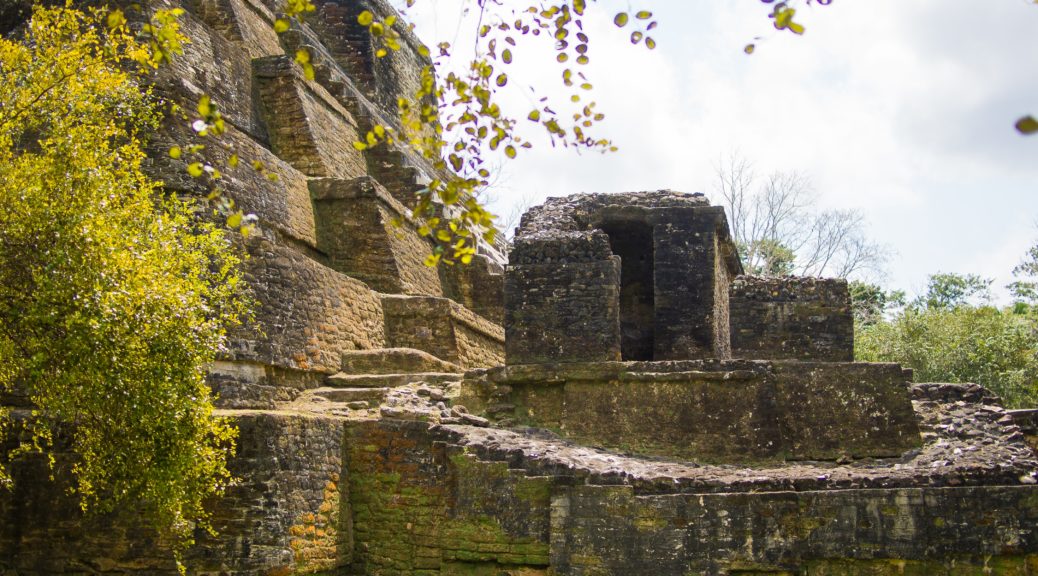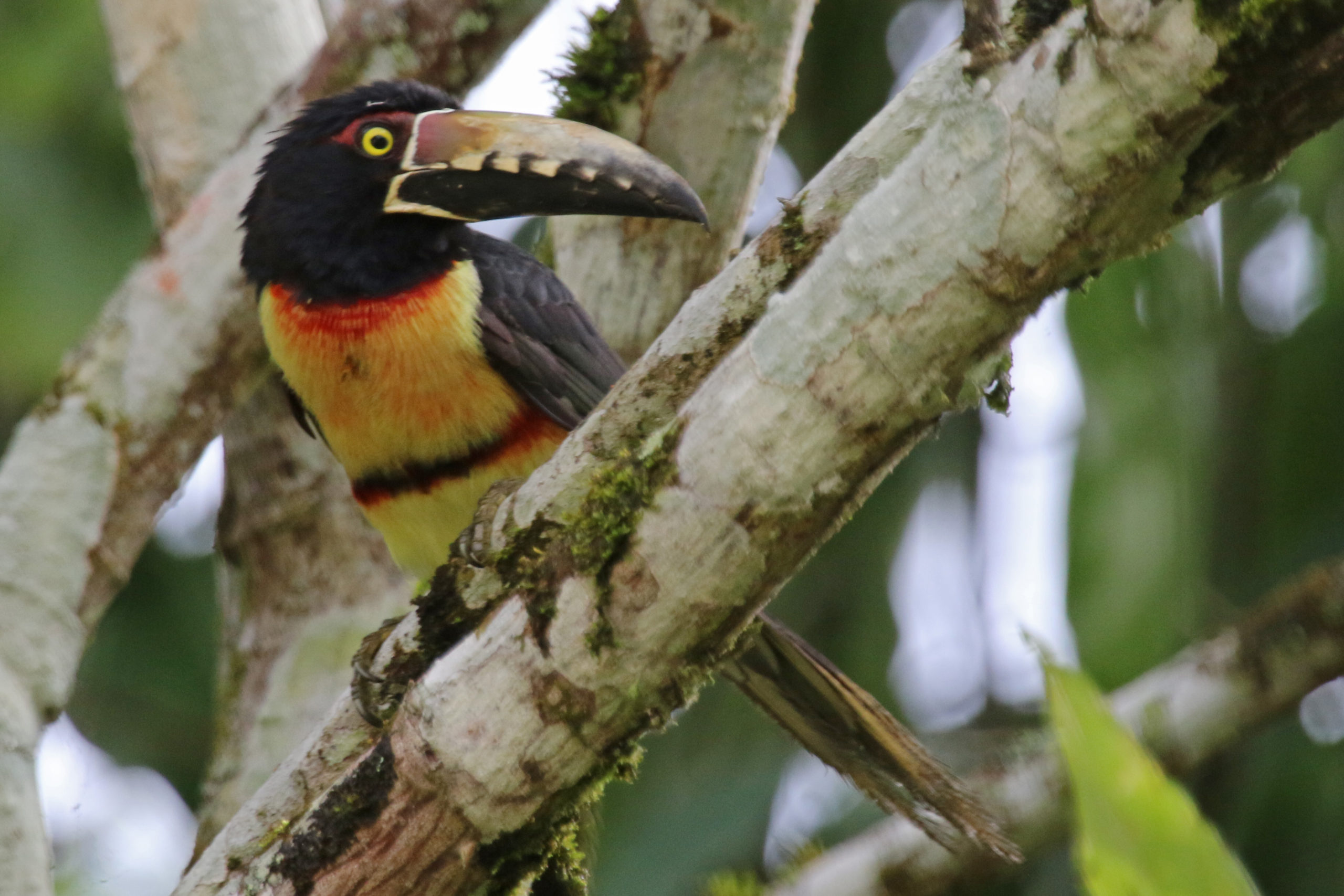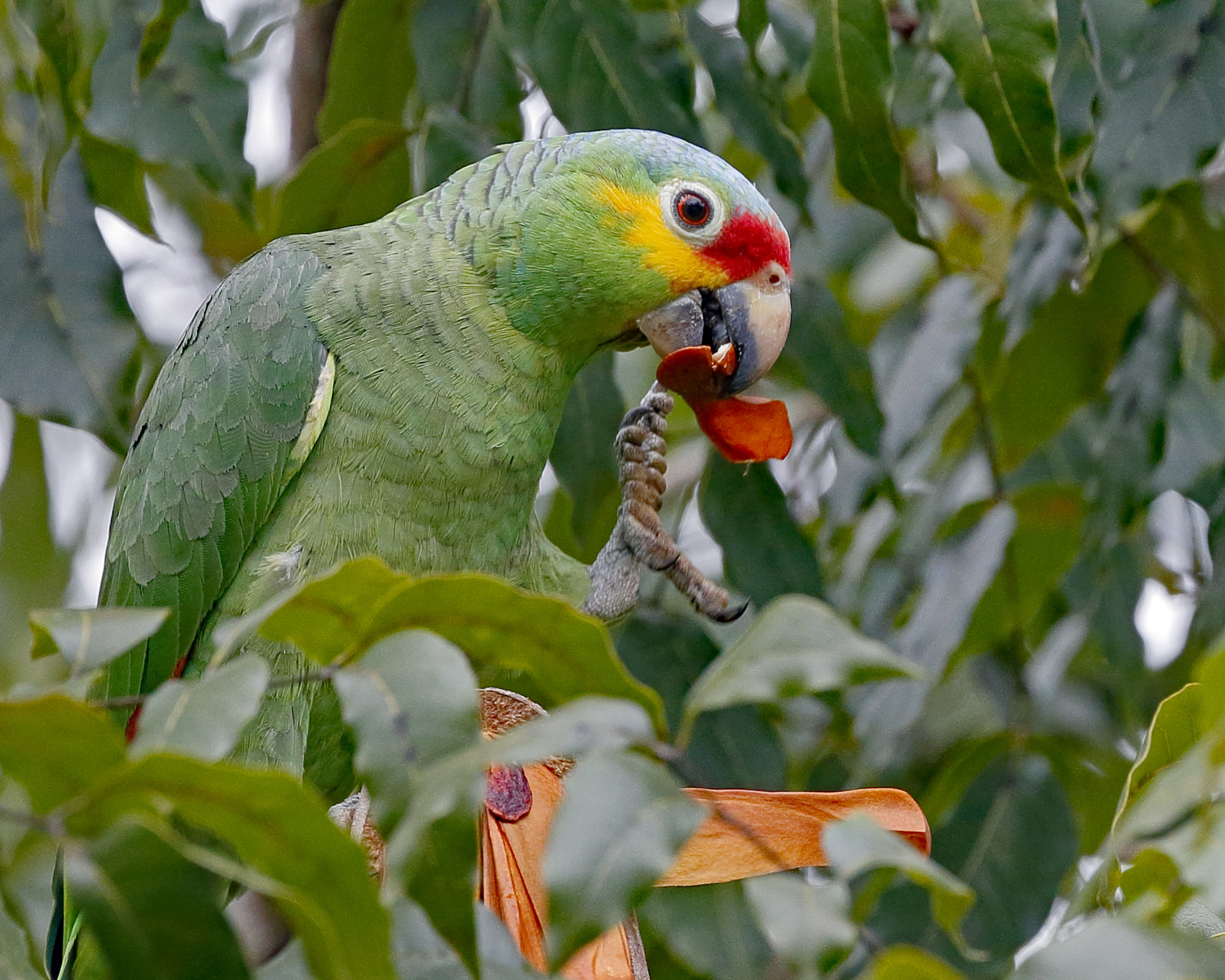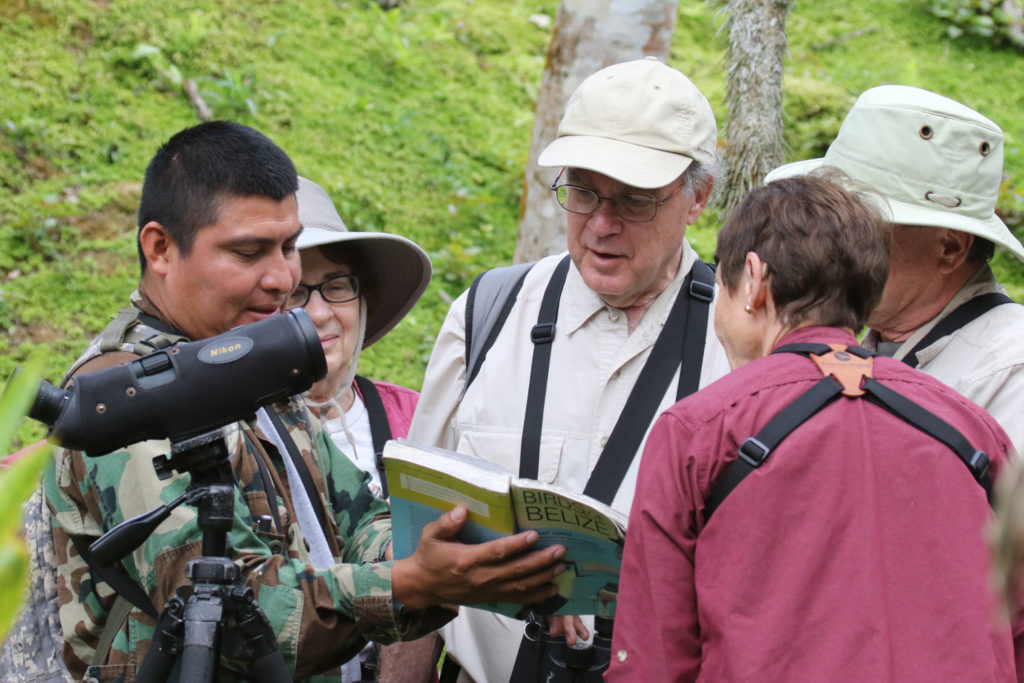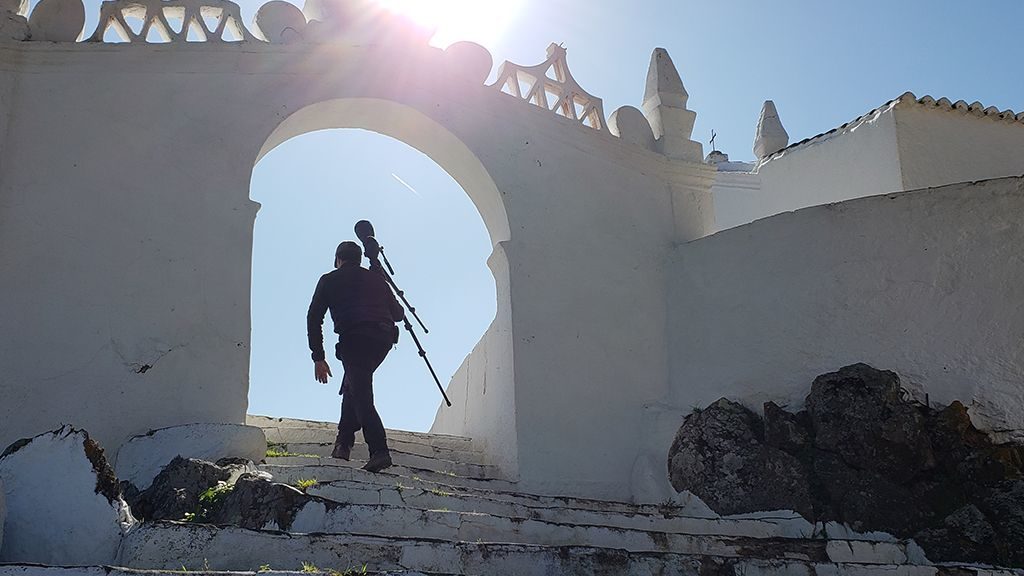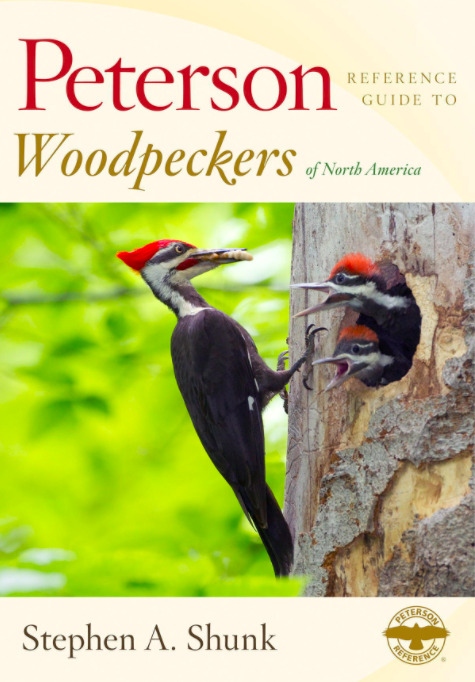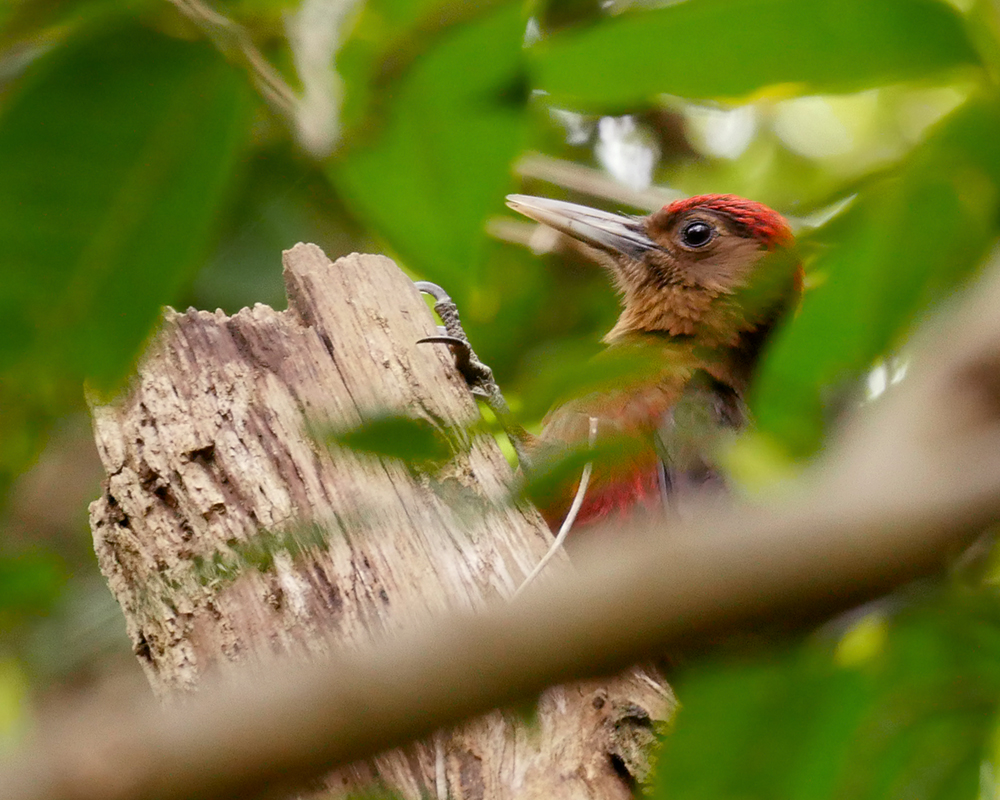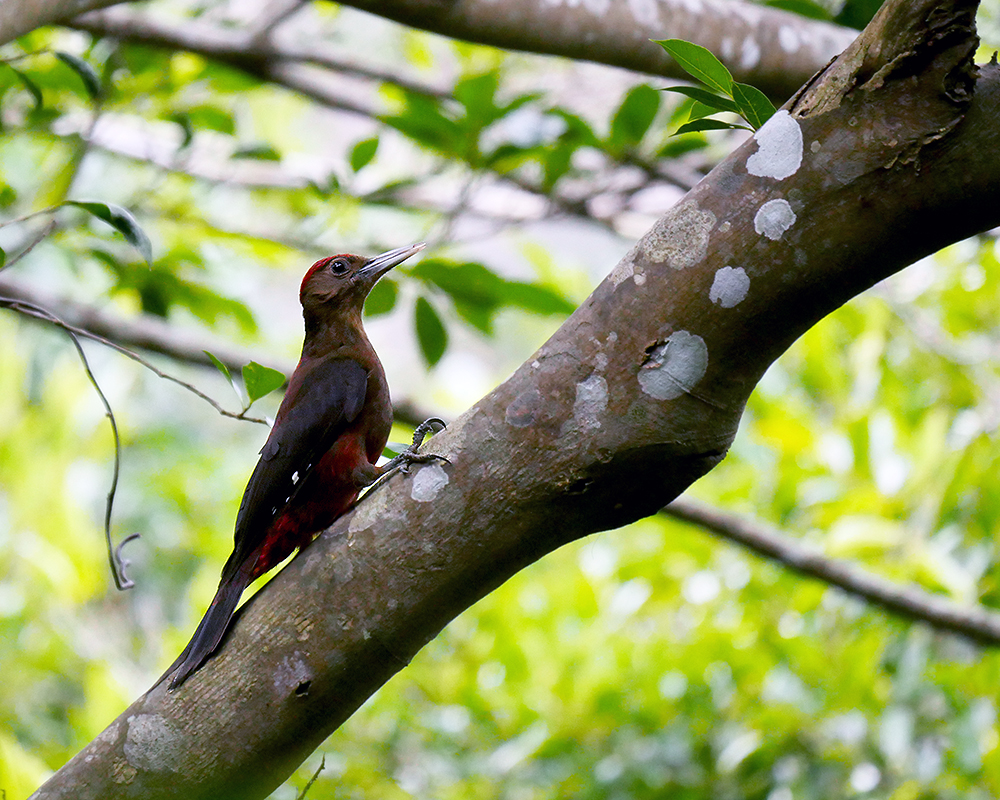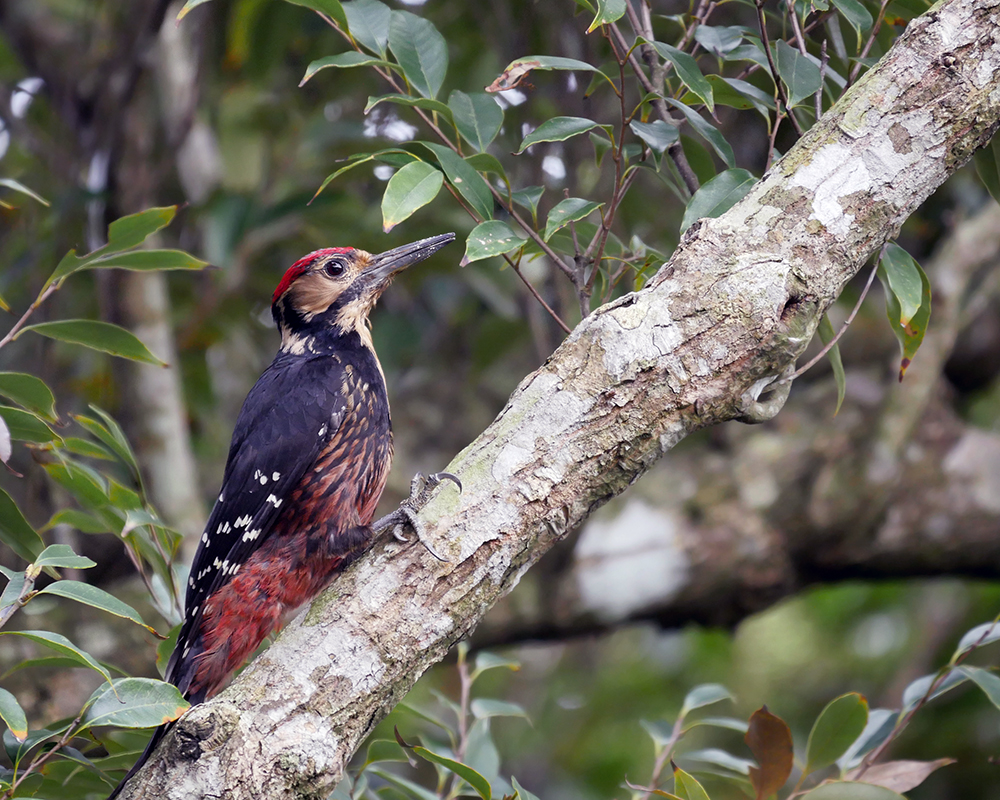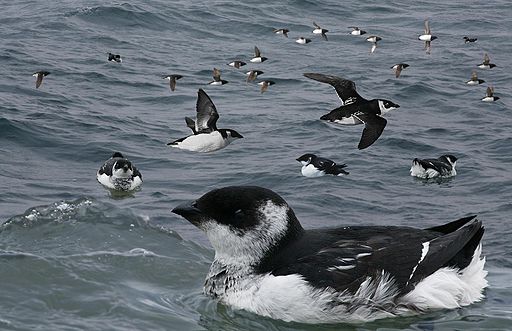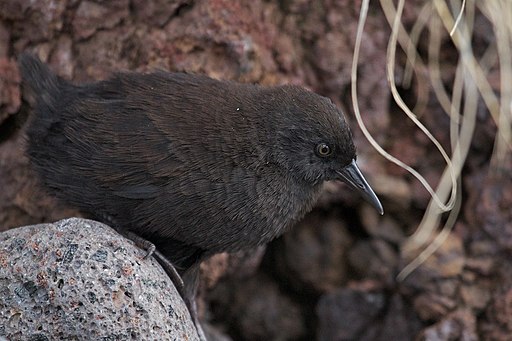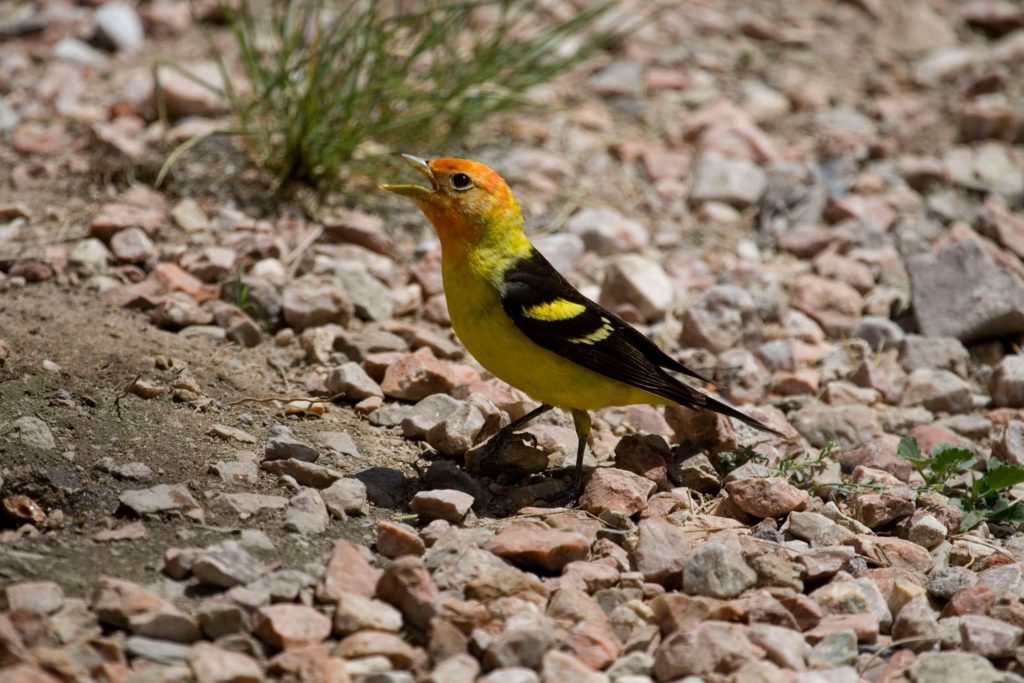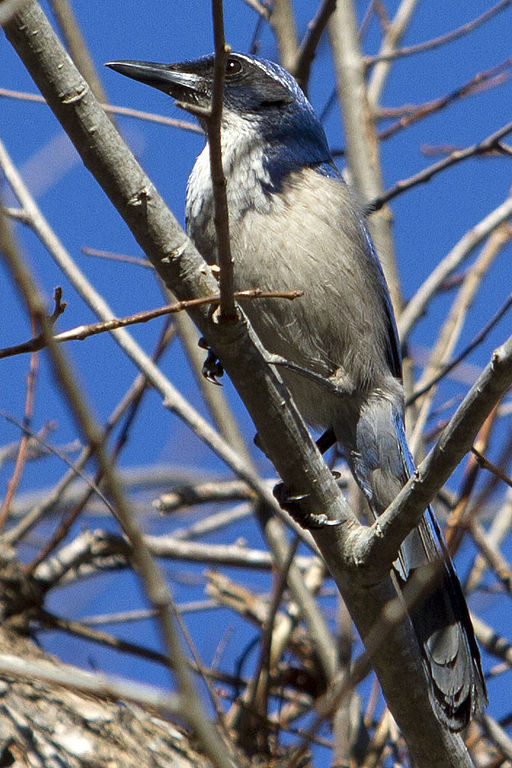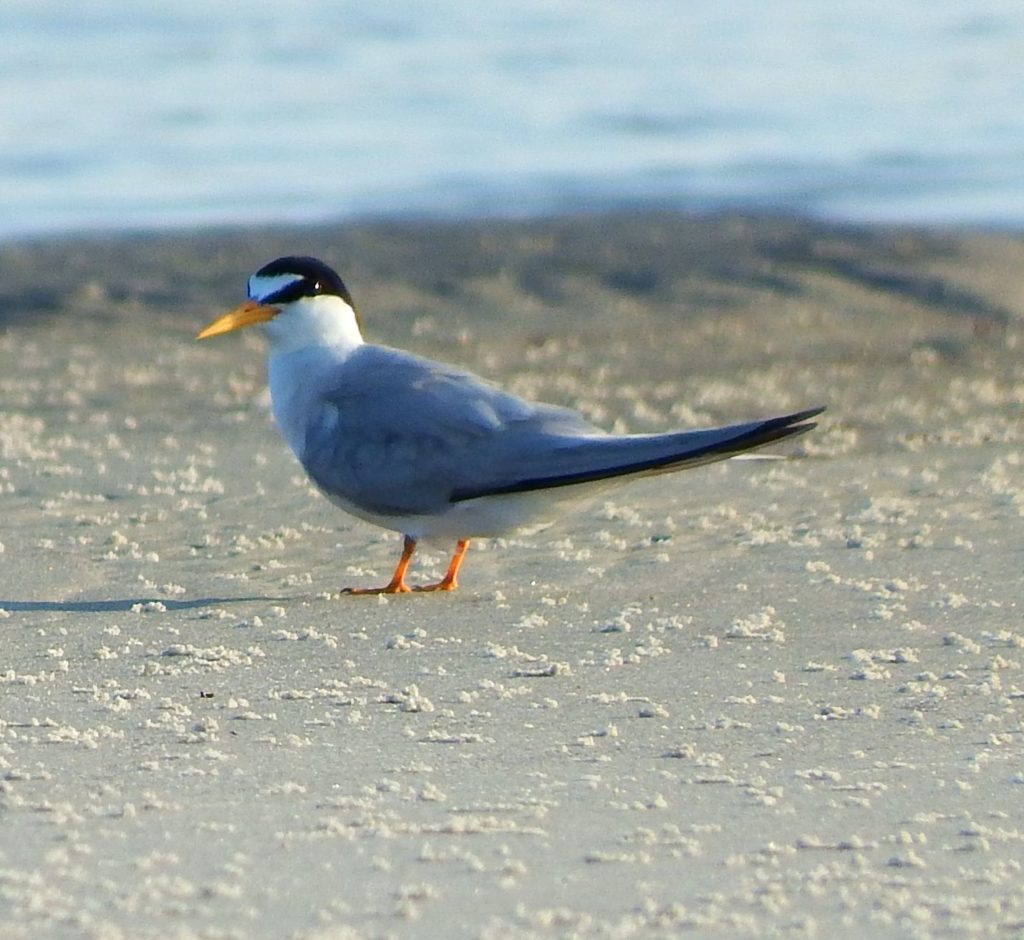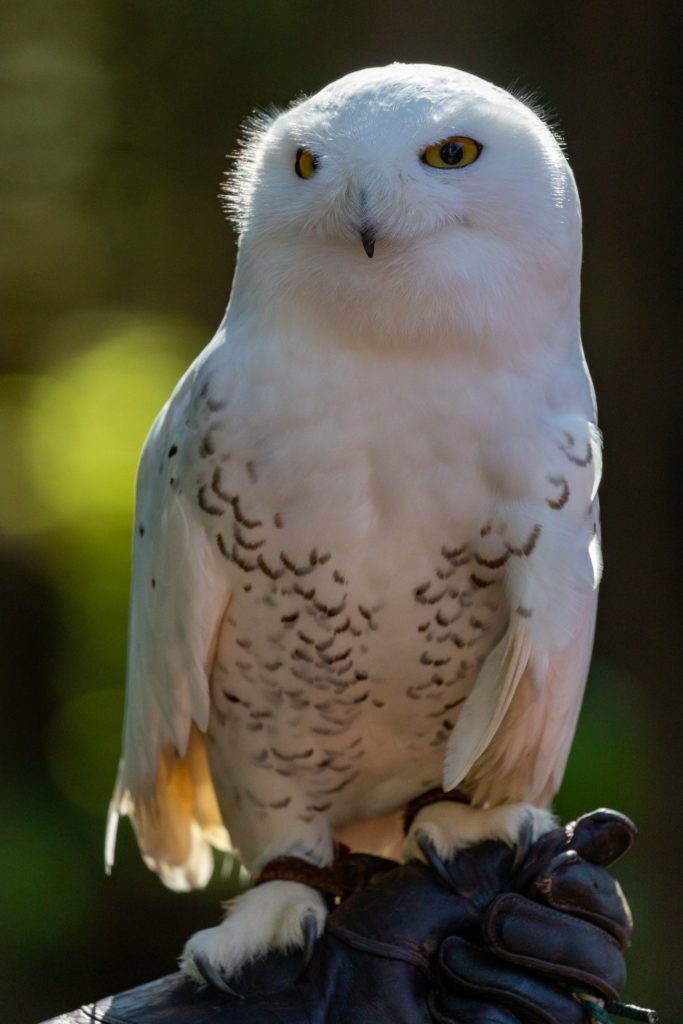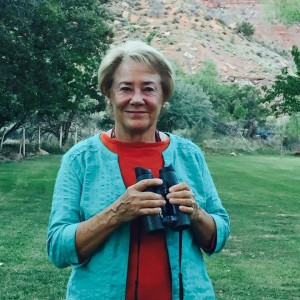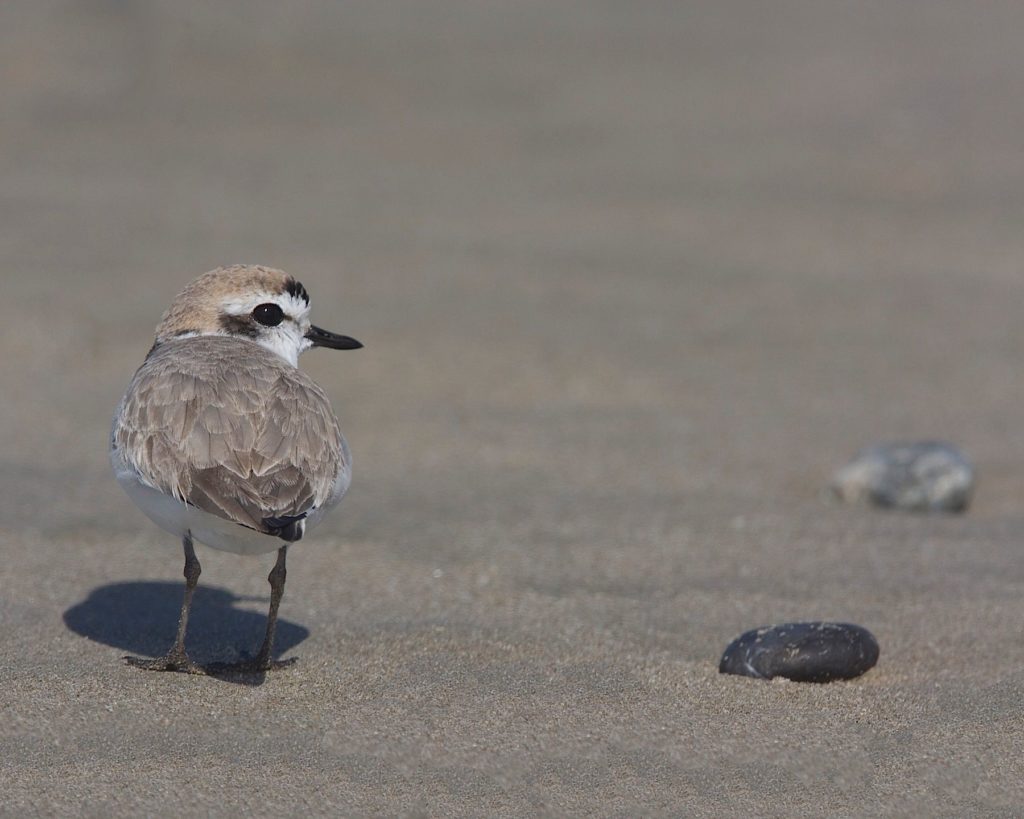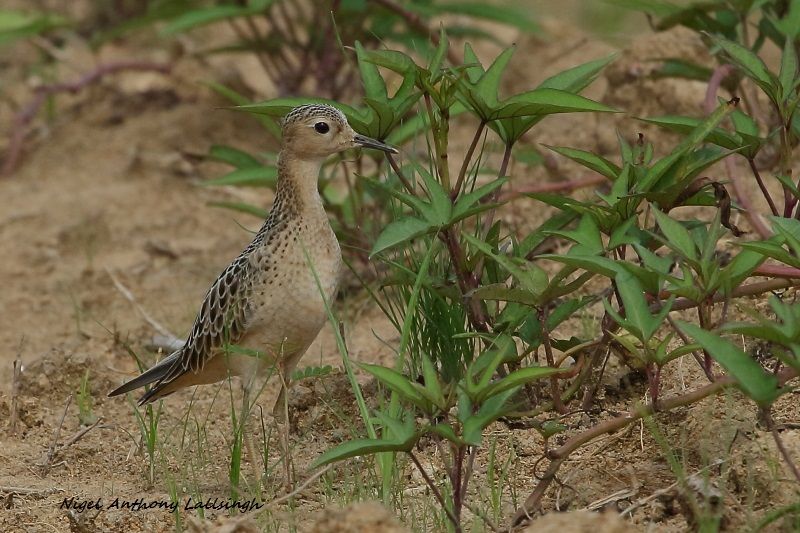Third-Generation Conservation Entrepreneur Lester Nanan is Raising a Fourth!
If there was a poster child—or bird—for Trinidad ecotourism, it would have to be magnificent Scarlet Ibis. Watching thousands of them fly into roost near dusk, transforming treetops from green to red, is the most poignant memory many birders take away from their time in the West Indies.
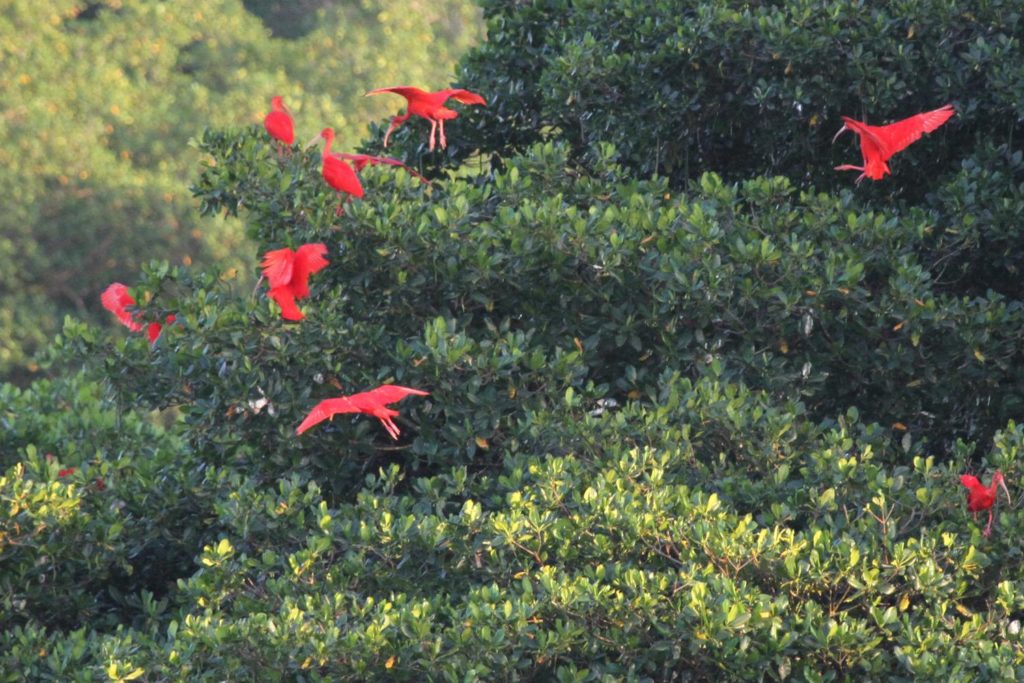
Classic Trinidad and Tobago tours are 10 days and 9 nights of the best Neotropical birding. Upcoming tours with space:
Jan. 10 – 19
Mar. 7 – 16
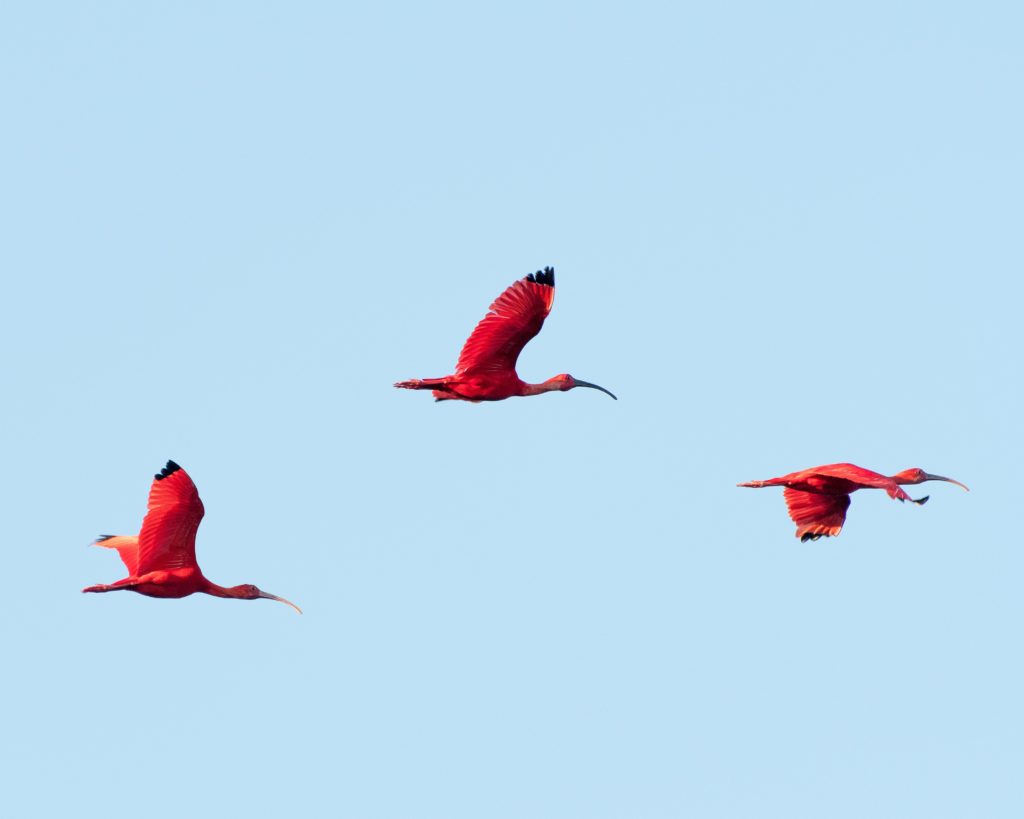
Ultimate Trinidad and Tobago tours add one more glorious bird-rich day on each island.
Jan 17 – 28
Jan. 31 – Feb. 11
Feb. 14 – Feb. 25
March 14 – 25
April 4 – 15
April 18 – 29
Now a protected species and Trinidad’s national bird, it’s hard to believe there was a time when Scarlet Ibis were routinely hunted both for meat and for their colorful feathers, which were used to make costumes for Carnival.
Although he would later become their protector and champion, Simon Oudit Nanan was once one of those hunters, his grandson and Naturalist Journeys’ longtime local guide Lester Nanan said.
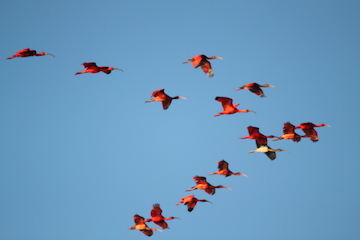
Trinidad Ecotourism and the Scarlet Ibis are synonymous. Photo Credit: Lester Nanan
A part-time farmer on a British-owned sugar plantation in the 1930s, for extra money he would take company executives from England and France to hunt in the massive mangrove swamps in Northeast Trinidad, and other times take their families out on nature cruises to view the birds and wildlife.
“My grandfather figured out that he was taking more people out to view the birds than to hunt the birds,” Lester said. “This is when an aspiration was born.”
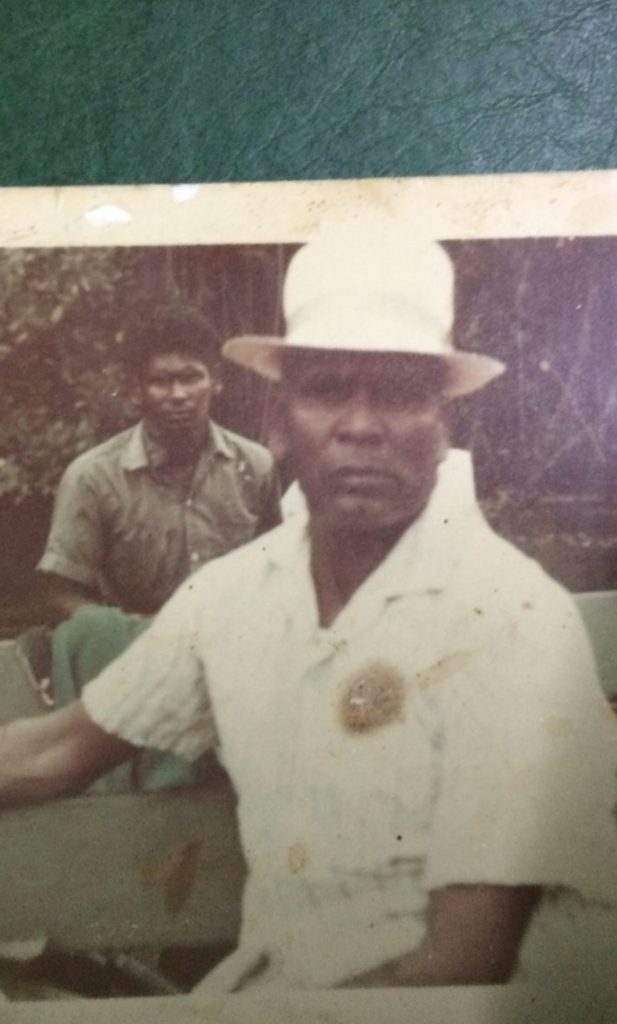
At these times of tourism disruption, it’s important to remember this “aha moment.” The belief that there can be more value in conservation than harvest is what underpins the success of ecotourism-based conservation. That’s why Naturalist Journeys always seeks out conservation-minded local partners (like Lester Nanan for our tours in Trinidad and Jason Radix in Tobago), and why when you travel with us, you can be sure you are supporting sustainability and conservation.
Lester’s grandfather started a petition to protect the swamp, taking care to collect signatures from the influential families he was guiding, which led to the Caroni Swamp being named a national park in 1948, its 14,800 acres protected from development.
The second generation Trinidad ecotourism pioneer, Winston Nanan, soon found himself drafted when Simon’s birding and nature tour business grew so popular he decided to pull his eldest of 11 children out of school at the age of 11 to help him.
“The passion and love for the Scarlet Ibis was growing, and the environment as well,” Lester said. “They were seeing it through the eyes of the British and themselves.”
When Trinidad gained its independence in 1962, the Scarlet Ibis was chosen as Trinidad’s national bird, and given a prominent place on the country’s coat of arms (alongside Tobago’s national bird, the Rufous-vented Chacalaca) and hunting of the bird became illegal.
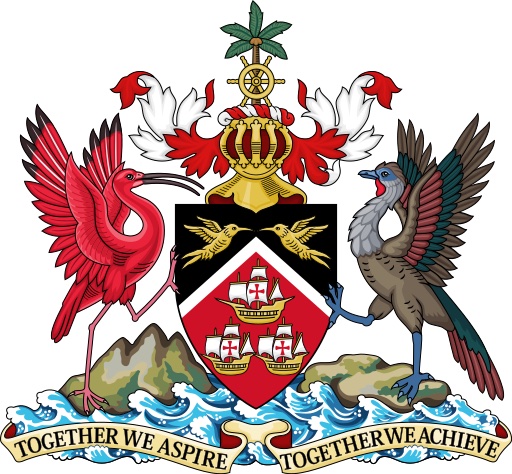
Rogue poachers continued to hunt the birds, however, and Simon Oudit Nanan was deputized as an honorary game warden and given license to chase hunters out of the swamp. Sadly, his fervent defense of the swamp and the Scarlet Ibis earned him many enemies, Lester said, and he was beaten to death in 1968.
Left to help an ailing mother raise 10 siblings, Winston Nanan would avenge the honor of his father by redoubling efforts to protect the Scarlet Ibis and the Caroni Swamp and to continue what had become a sustainable and profitable business.
He learned everything he could about birds, first documenting every species in Caroni Swamp, then expanding his expertise to Trinidad and Tobago and then far beyond its borders. He transformed himself into a world-renowned self-taught ornithologist, and was invited to lead scientific birding expeditions throughout South and Central America.
Working as a Trinidad ecotourism pitchman, Winston invited photographers and editors from National Geographic to visit Caroni Swamp, resulting in a splashy feature article that put the country and the Scarlet Ibis on the map for world travelers and for other writers and photographers. Some of his own photos were published there.
“Everyone in the world wanted to come to Trinidad to see the Caroni Swamp,” Lester said.
A follow-up article in Smithsonian Magazine kept the frenzy going.
Winston Nanan was awarded a presidential medal “for 65 years of dedication to conservation in Trinidad and Tobago.”
Just after this Trinidad ecotourism pioneer died, in 2015 at the age of 74, Caroni Swamp was renamed the Winston Nanan Caroni Bird Sanctuary.
Both our Classic and Ultimate Trinidad and Tobago tours visit Caroni in Trinidad. In Tobago we also visit the Main Ridge Forest Reserve, founded in 1776 and celebrated in 2020 by UNESCO as part of a large new “Man and the Biosphere Reserve” for its ecotourism potential.
From the age of 16, Lester said he’s been a part of the family business. He remembers rushing home after school to help his uncles and brothers prepare the boats that ferried tourists to the sunset Scarlet Ibis show.
He went on to pursue an education in electrical engineering, but returned to the family business at the behest of his father. With more than 180 species documented in the swamp, Lester said, it had become a “must-see” stop for birdwatchers both local and international.
He helped Winston build a platform in the trees, where they documented the nesting behavior of the Scarlet Ibis. That experience helped to hook him for good, Lester said.
“I began following in my father’s footsteps.”
Now the managing director of their company, Nanan’s Caroni Bird Sanctuary Tours, “I love showcasing Trinidad and the birdwatching.”
In charge of operations, Lester said he’s shaped the company by transforming customs into formal policies, from safety to naturalist training to implementing COVID-19 protocols to protect guests and try to preserve the business in this time of tourism disruption.
In 2017, flocks of American Flamingo began arriving in Caroni Swamp, adding to the biodiversity, but were being hunted, Lester said. What’s more, the $1,000 fine for hunting Scarlet Ibis was not sufficient to deter hunters.
Lester and others began lobbying for the Caroni Swamp to be declared an Environmentally Sensitive Area, which would protect all the birds within it. That hasn’t happened yet, but their efforts did yield a significant increase in penalties for hunting the Scarlet Ibis.
In 2018, the penalty was upped to $15,000 (US) and two years in jail per bird.
Lester said he also furthers the company’s ecotourism goals by hiring and rehabilitating former poachers and teaching them the value of conservation, lessons they pass on to others in the community.
“They will now tell their families ‘Don’t hunt this one;’ it’s protected, and I’m making a living out of it,” he said. “It’s part of a community approach to protect the swamp.”
As it has all over the world, COVID-19 cut into tourism in Trinidad, which shut its borders for 16 months before re-opening earlier this year.
To try and boost his business from locals, Lester created COVID-cautious private boat tours with an incentivizing basket of snacks. That went so well, he partnered with a local restaurant to provide three-course meals for families or private small groups, an innovation that has kept the business afloat as it awaits for a quickening from international tourists.
Meanwhile, Lester said he’s busy with another important matter: prepping the fourth generation of Trinidad ecotourism entrepreneurs, this time with a feminine face.
“My girls are already involved in the tours, birdwatching and pointing out species for our guests,” Lester said. “They will be the future of the environment, the swamp, and Trinidad and Tobago.”


